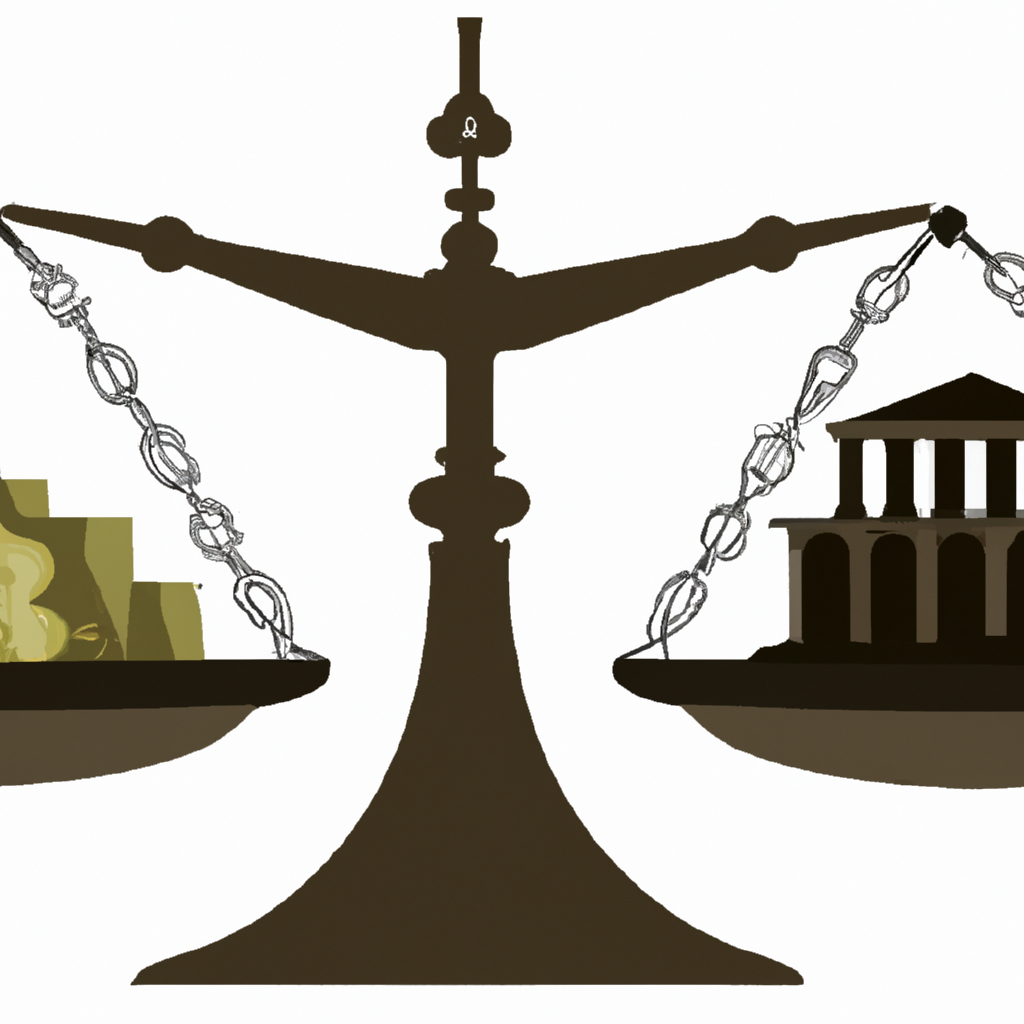In an era of economic uncertainty and global financial interconnectedness, the role of monetary policy has never been more crucial. Central banks around the world are constantly grappling with the delicate balance of fostering economic growth while keeping inflation in check. As economies rebound from unprecedented disruptions, the question on the minds of policymakers, economists, and the public alike is: what monetary policy action should be taken? This article delves into the complexities of this pivotal question, exploring the tools at the disposal of central banks, the current economic indicators that influence policy decisions, and the potential impacts of various policy actions on both national and global scales. By examining historical precedents and contemporary challenges, we aim to shed light on the most prudent course of action to ensure economic stability and prosperity in these turbulent times.
Sure, here is a suggested content outline for an article covering the topic of what monetary policy action should be taken:
When considering the appropriate monetary policy action, it is crucial to assess the current economic climate, including indicators such as inflation rates, unemployment levels, GDP growth, and market stability. The primary objective of monetary policy, typically managed by a central bank such as the Federal Reserve in the United States, is to achieve a balance between promoting economic growth and controlling inflation.
### Assessing Economic Indicators
1. **Inflation Rates**: If inflation is above the target level, typically around 2%, a contractionary monetary policy might be necessary. This involves raising interest rates to reduce spending and borrowing, thereby cooling down the economy. Conversely, if inflation is below the target, an expansionary policy with lower interest rates could be beneficial to stimulate spending and investment.
2. **Unemployment Levels**: High unemployment may indicate the need for an expansionary policy to stimulate job creation. This could involve lowering interest rates or implementing quantitative easing to increase the money supply. Conversely, if unemployment is low and the labor market is tight, it might be necessary to raise interest rates to prevent the economy from overheating.
3. **GDP Growth**: Slow or negative GDP growth suggests that the economy might need a boost, which could be provided by lowering interest rates or other measures to increase liquidity. Rapid GDP growth, on the other hand, might require a tightening of monetary policy to prevent inflationary pressures.
4. **Market Stability**: The central bank must also consider the stability of financial markets. During times of financial instability, like a stock market crash or a credit crunch, lowering interest rates can help to restore confidence and encourage lending and investment.
### Policy Tools
1. **Interest Rates**: Adjusting the federal funds rate is the most common tool. Lowering interest rates makes borrowing cheaper, encouraging investment and consumption. Raising rates has the opposite effect, aiming to cool down an overheated economy.
2. **Quantitative Easing**: This involves the central bank purchasing government securities or other financial assets to increase the money supply and encourage lending and investment. This tool is particularly useful when interest rates are already near zero and cannot be lowered further.
3. **Reserve Requirements**: Changing the amount of funds that banks must hold in reserve can directly influence the amount of money available for lending. Lowering reserve requirements increases liquidity, whereas raising them reduces it.
4. **Forward Guidance**: Communicating future policy intentions can influence economic expectations and behaviors. For instance, signaling that interest rates will remain low for an extended period can encourage spending and investment.
### Current Economic Context
Given the ongoing economic uncertainties due to factors like global supply chain disruptions, geopolitical tensions, and the aftermath of the COVID-19 pandemic, central banks must remain adaptable. In many economies, inflation has surged due to supply chain bottlenecks and increased demand, suggesting a need for a cautious approach to tightening monetary policy. However, the risk of stifling economic recovery remains, necessitating a balanced and data-driven approach.
### Conclusion
The appropriate monetary policy action hinges on a careful assessment of economic indicators and the judicious use of available policy tools. Central banks must strike a delicate balance between fostering economic growth and maintaining price stability. In the current complex economic environment, a nuanced and flexible approach is essential to navigate the challenges and support a sustainable economic recovery.













